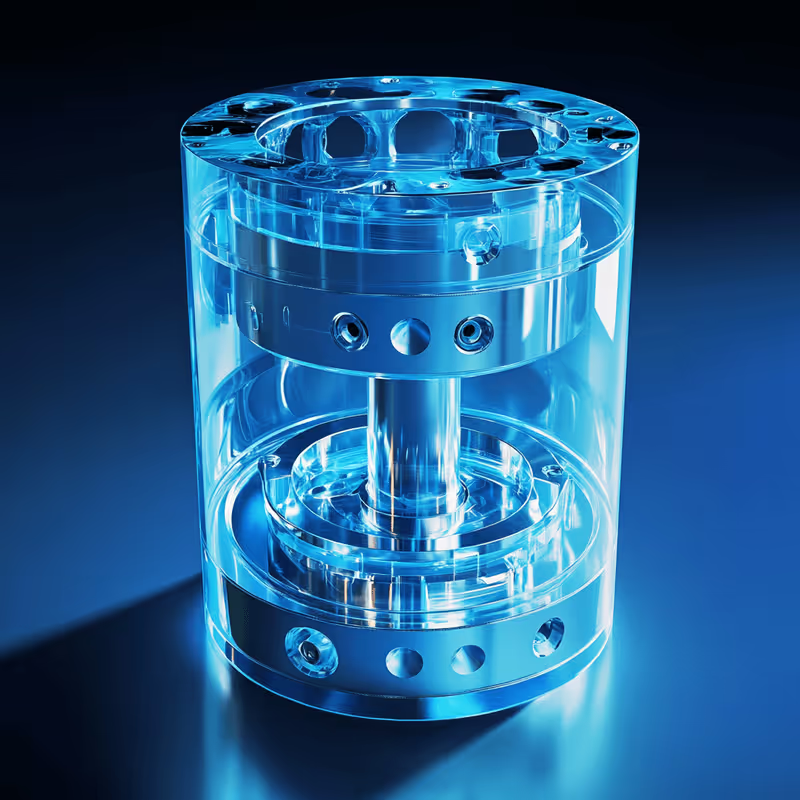Creating intricate 3D CAD models, complicated assemblies, and simple one-off parts

Providing high-quality 3D CAD services since 1988. Our team of over 100 engineers and drafters has successfully completed millions of 3D CAD models since we started doing business.
We’ve had the honor of working with so many massive companies, including Boeing, Amazon, Airbus, the US Air Force, and many more.
When you need any work on a 3D CAD file, we can do it fast and at a reasonable cost.
Our 3D CAD services can either replace, enhance, or optimize your in-house engineering department. We can work alongside your engineers, work on completely different projects, or act as in-house engineers for companies that don’t have any engineers on staff.




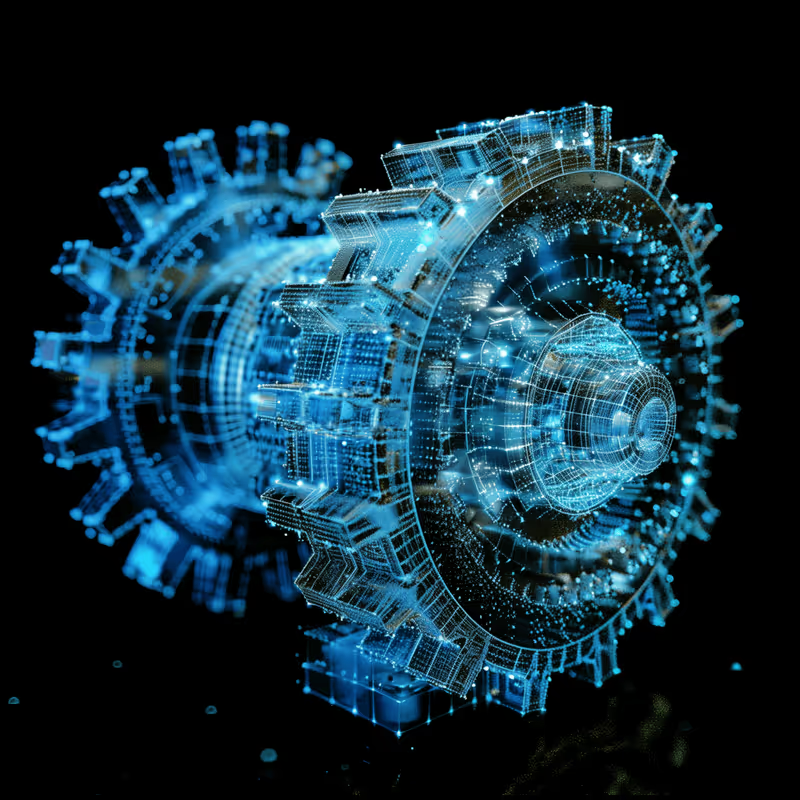

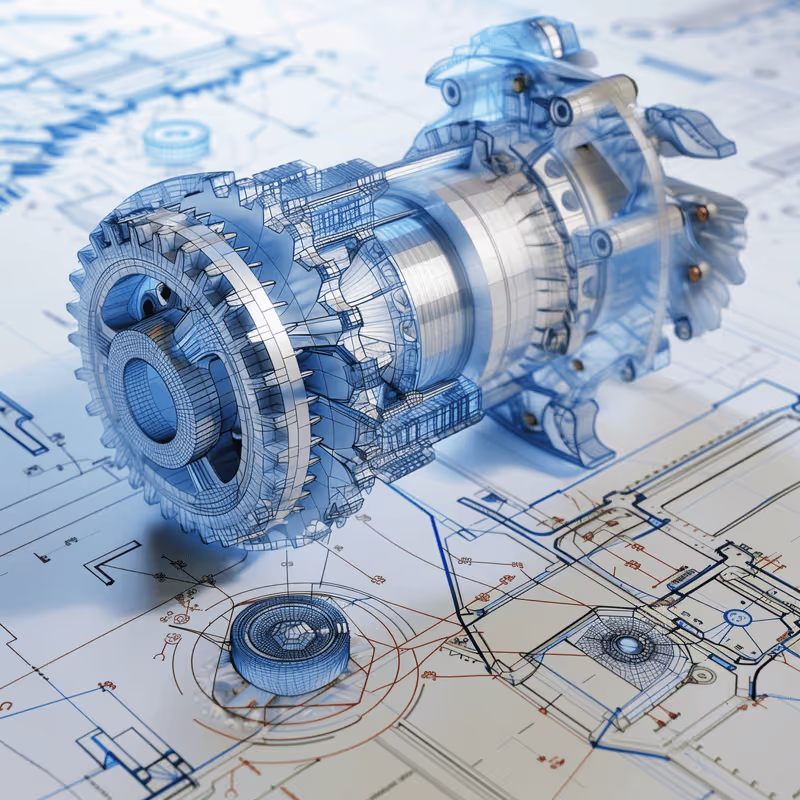

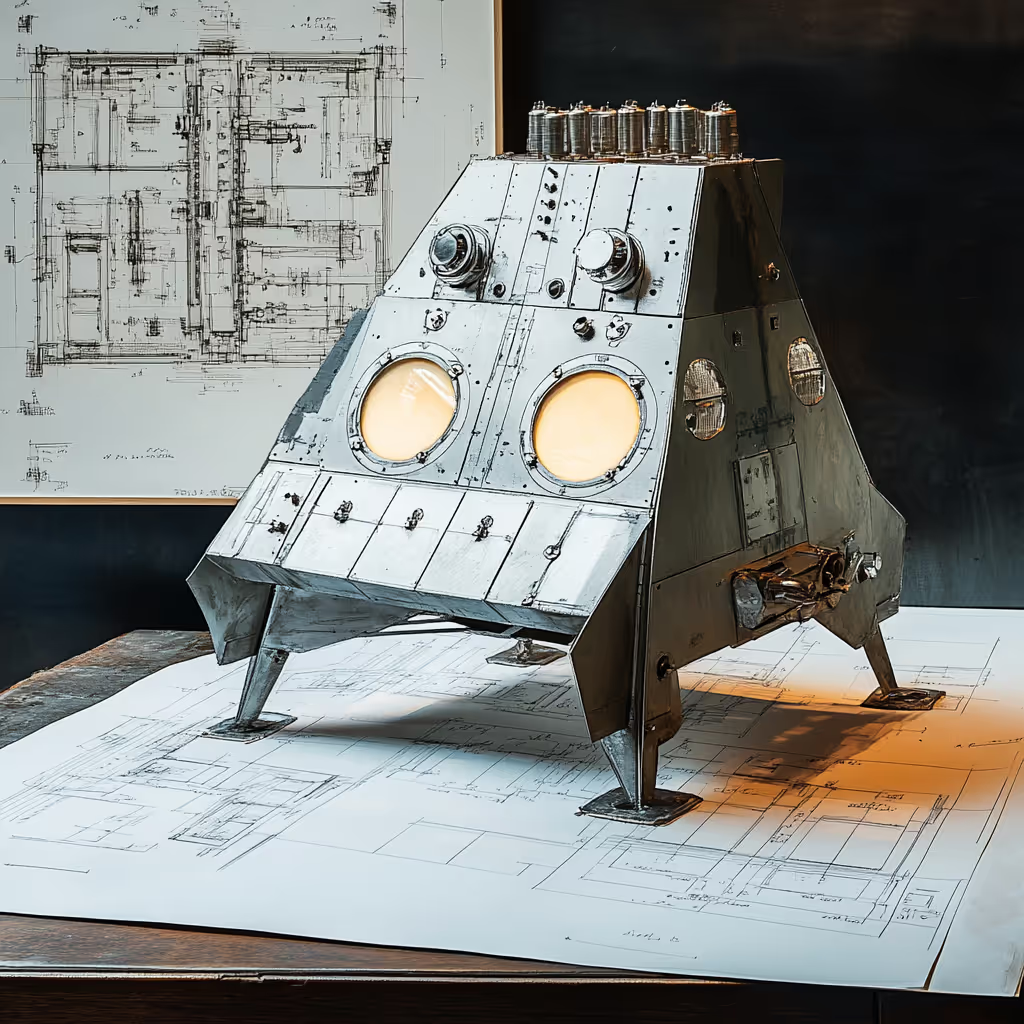
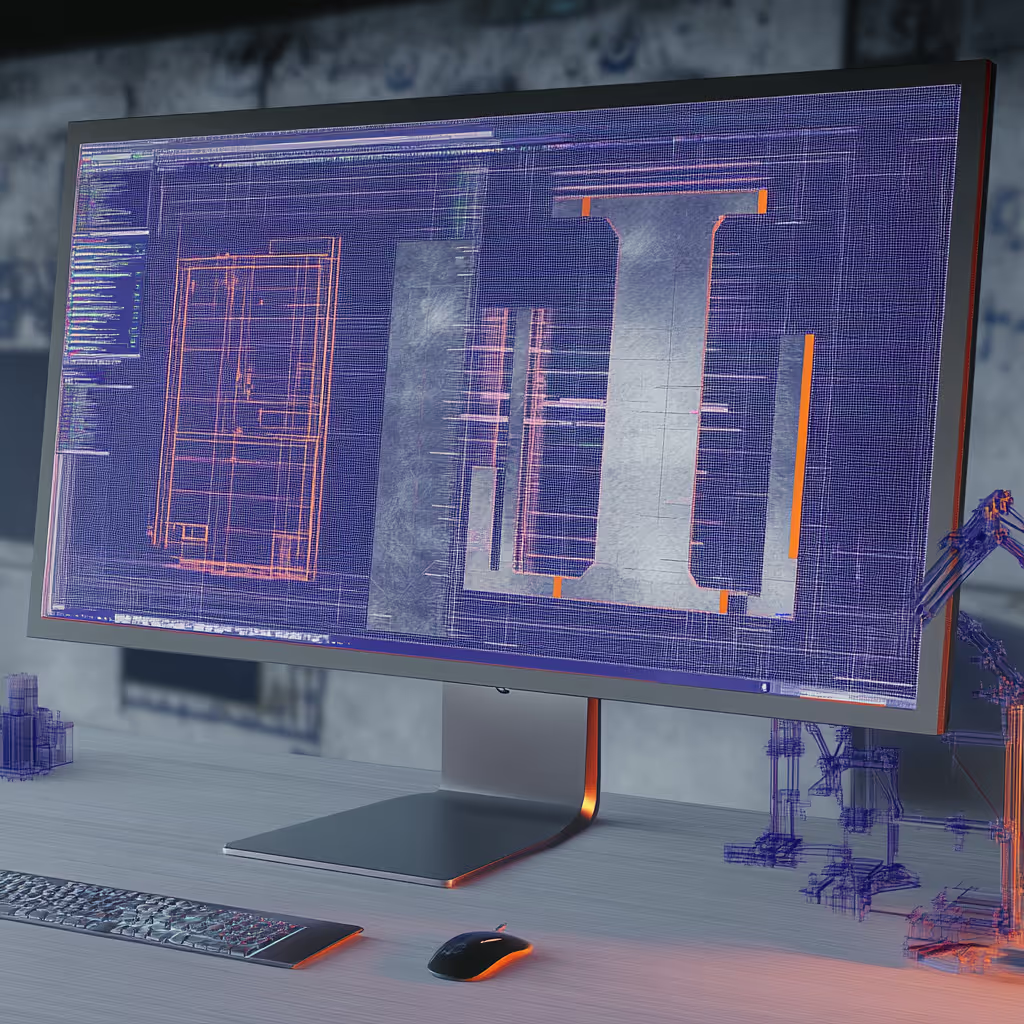
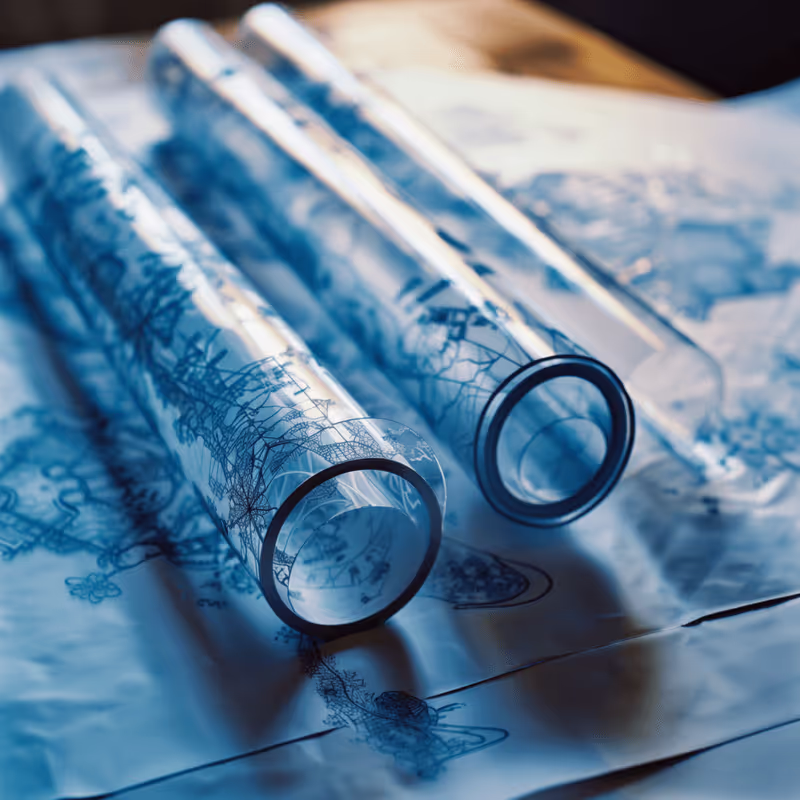
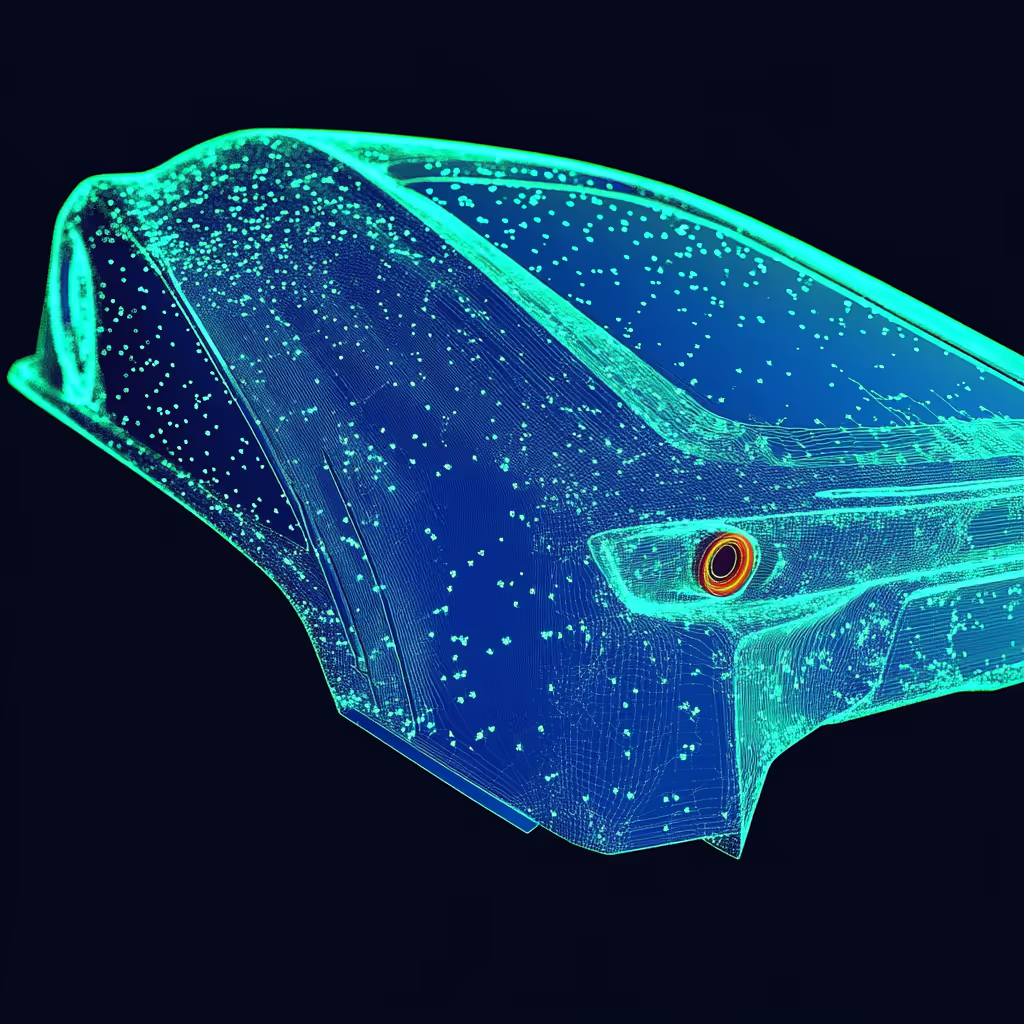

.jpg)
.jpg)

.png)
.jpg)
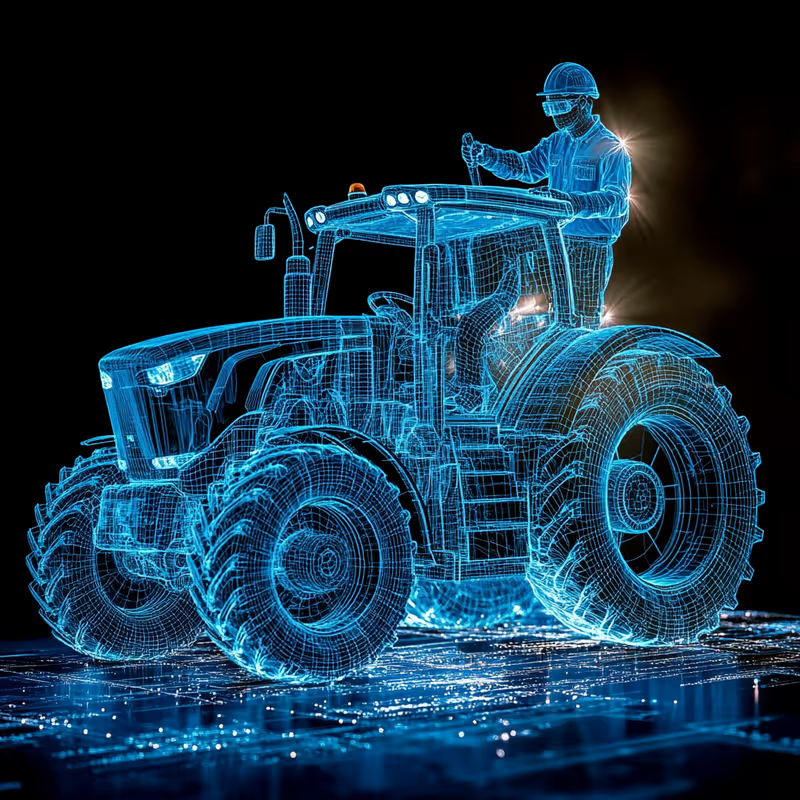


.webp)
.svg)

.svg)

.svg)

.svg)

.svg)



.svg)
.webp)

